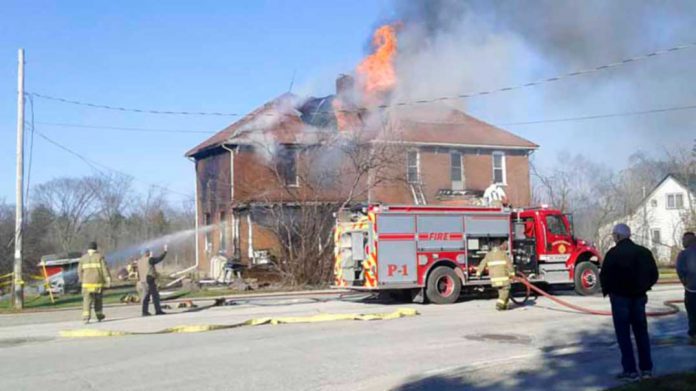ONTARIO—The rate of opioid-related deaths in Ontario has increased almost four-fold, or 285 percent) over the past 25 years, according to a new report released last week by researchers at the Institute for Clinical Evaluative Sciences (ICES), St. Michael’s Hospital and the Ontario Drug Policy Research Network (ODPRN).
“According to the most recent data from the Ontario coroner, 734 people died of an opioid-related cause in 2015, which averages to more than two people every day in Ontario,” Tara Gomes, a scientist at ICES and the Li Ka Shing Knowledge Institute of St. Michael’s Hospital and a principal investigator of ODPRN, says is a press release.
The report published last week on the ODPRN website shows that opioid-related deaths often involved other drugs (both legal and illicit) that could have contributed to these deaths. Post-mortem toxicology identified benzodiazepine in the system of over half (51 percent) of individuals and cocaine in nearly one-third (32 percent).
“The presence of these other drugs may be indicative of the concerning practice of combining cocaine with illicitly produced fentanyl, which is relatively inexpensive, to extend the drug supply,” Ms. Gomes adds. “The findings highlight an important public safety issue that needs ongoing focus given the high degree of accidental opioid overdoses that we’re seeing across the province.”
The researchers also found that prior to 2012, oxycodone was the opioid type most commonly involved in opioid-related deaths. However, after the introduction of a tamper-deterrent formulation in 2012, oxycodone involvement in these deaths decreased, and other opioids became increasingly involved. In particular, fentanyl involvement increased by 548 percent between 2006 and 2015 and is now the opioid most commonly involved in opioid-related deaths, the press release continues. The involvement of hydromorphone also increased by 232 percent over this time period to become the second most commonly involved opioid. Despite small numbers overall, heroin involvement in opioid-related deaths has increased by 975 percent over this same period.
“The introduction of tamper-deterrent long-acting oxycodone appears not to have led to any reductions in opioid-related deaths in the province, and instead seems to have shifted opioid use to alternatives, both illicit and prescribed, that do not have these tamper-deterrent properties,” Ms. Gomes continues. “This underlines the challenges in dealing with the opioid crisis we are currently facing.”
The report also shows that more than 80 percent of all opioid-related deaths in 2015 were accidental. The researchers were able to break down the accidental deaths by age, showing almost 60 percent of accidental deaths occurred among youth and younger adults (15 to 44 years), the press release adds. However, the researchers found nearly 80 percent of opioid-related suicide deaths occurred among older adults (45 years and older).
The researchers add that opioid-related deaths are increasingly occurring among all ages, income brackets, and in both sexes, highlighting the pervasiveness of this public health problem, the press release continues. However, the report shows, on average, individuals who died of an opioid-related cause in 2015 were male, middle aged and living in lower income, urban settings.
Starting April 1, all Ontario hospitals have been asked by the province to track overdoses and report them to the Ministry of Health and Long-term Care on a weekly basis. Derek Graham, CEO of the Manitoulin Health Centre, explained to The Expositor that the province is asking for a rapid turnaround time for reporting and that as soon as the MHC received word from the province, those measures were put into place for cases “where (overdose) is evident and where it has been identified.” An overdose refers to cases that are not fatal as well as instances resulting in death due to opiates.




